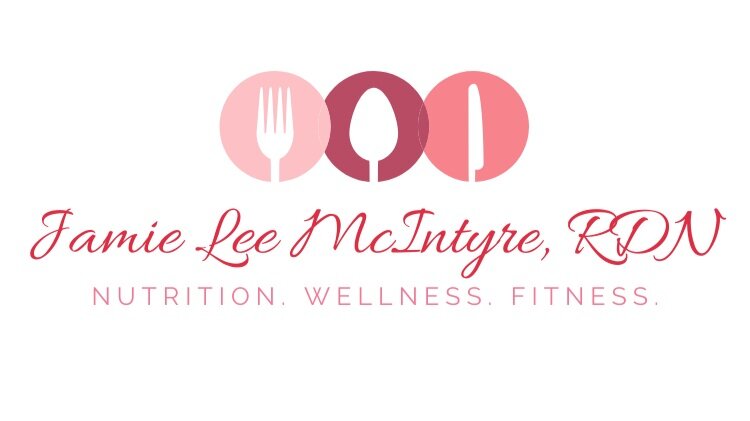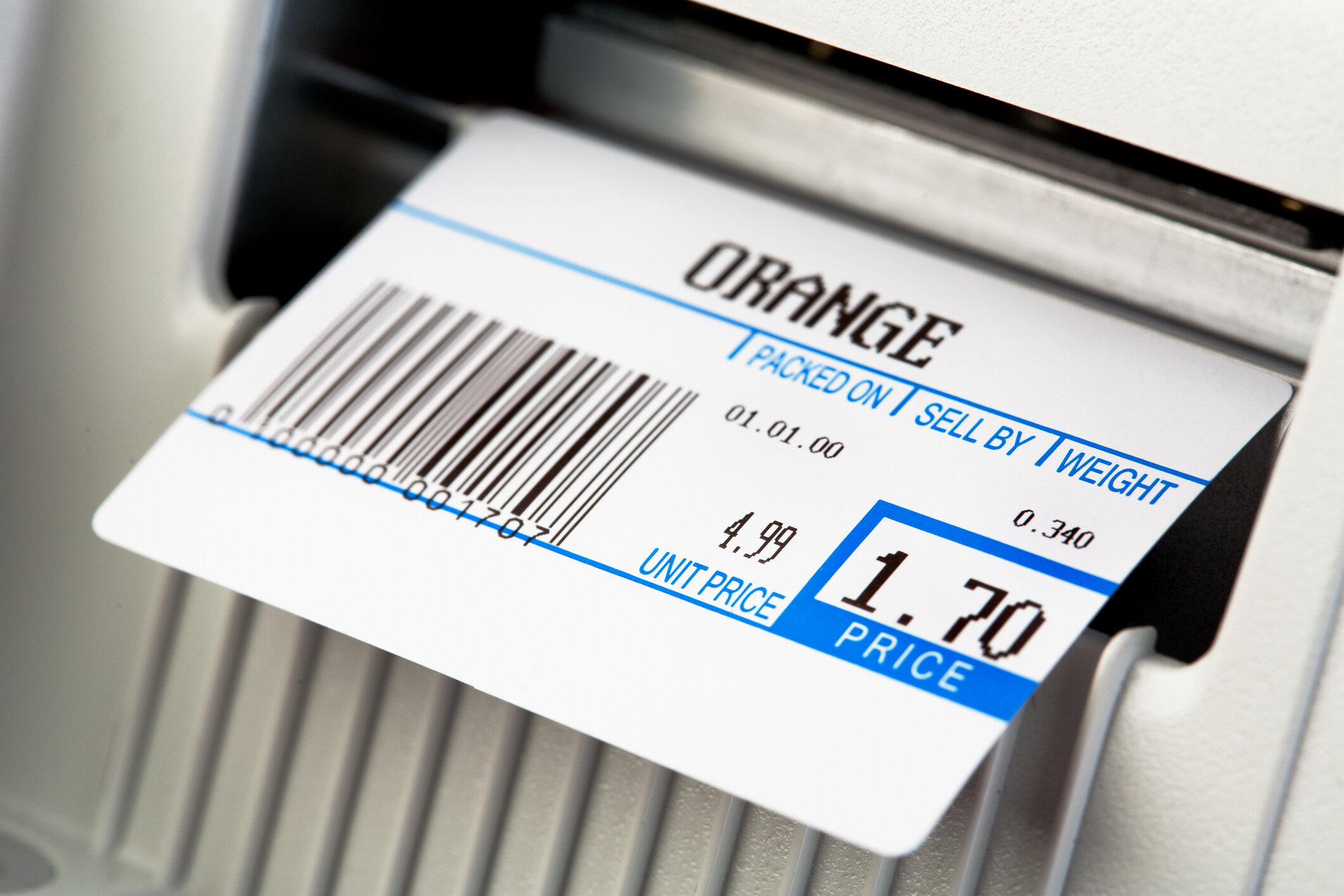Grocery Shopping on a Budget
Healthy food shopping doesn’t always have to come with a hefty price tag. Here are some tips to put your food dollars to best use when it comes to managing your health from the inside out!
Start at home
Before you even leave for the grocery store, put in some quick work at home to prepare. Once you get to the store, you may be tempted by sales and impulse buys which can derail you from budget-friendly shopping. First, make a list of what you have versus what you need. Next, read over the sales flyer. If you don’t have a hard copy available, many grocery stores have their weekly circulars available on their website to download or on their apps. Consider clipping coupons but be sure to do so for items and products you would normally buy and that you need. Coupons are found in the packaging of products, on Coupons.com, and in the store circular (typically available on the store’s website).
At the store
Once you’re at the store, keep in mind that you’ll want to look up and down on the shelves. Did you know stores put the priciest items at eye level so you’re more likely to reach for those? Additionally, you’ll find that the store brand will be similar, if not the same, quality for a much cheaper price.
In the aisles
Produce
When shopping for produce, remember to compare the Unit Price. You will find the unit price by dividing the total price by the unit amount (e.g., price per pound, price per ounce). The unit price can usually be found written on the sales tag of the item being sold. Items in season are priced lower and are displayed in the front of the store. Items best to buy in bulk are those with the longest shelf life, like potatoes and apples. Other fresh items with a longer shelf life include broccoli, brussels sprouts, cabbage, carrots, parsnips, apples, grapefruit, oranges, pears, and tangerines. To save money, you’ll want to buy whole forms of produce and do the rinsing and chopping yourself. The convenience items will cost you (ie bagged salad vs head of romaine). Once home, you can limit your food waste of fresh produce by using them in sandwiches, smoothies, soups and casseroles, and freezing items that won’t be used in time.
Meat/Fish/Poultry
You can compare Unit Prices when shopping for raw animal proteins as well. For heart health, choose lean cuts of meat (such as those that are “Round,” “Loin,” or “leg”) and cuts of meat with less marbling (flecks of fat in muscle). Look for at least 90% lean when choosing ground meats.
As yourself “Is it a deal?” Buying a larger size package with a lower unit price is only a better deal if you can use up or freeze food before going bad. With meat, buying larger packages can be a better buy if you can repackage the meat when you get home and freeze it to use later. You can also stretch meat products in recipes by mixing meat with beans, lentils, rice, pasta, and vegetables to form a complete meal.
Milk/Dairy/Eggs
Looking for yogurt? Items high in sugar are often at a child’s eye level. Instead of sugary yogurt, try plain, low-fat yogurt and flavor it with fruit, granola, or cinnamon.
Eggs are a well-known economical protein source. They rarely spoil and, if kept refrigerated, will hold most of quality for up to 5 weeks after purchase.
When picking out cheese, opt for natural, low fat (swiss, cheddar, provolone, mozzarella) varieties. Note that sometimes grated cheese has a better price than whole. Buy an extra bag, if it’s on sale, and freeze for later.
Bread
While we know whole grain is the best option, brown bread doesn’t necessarily mean whole grain. Check ingredients: Look for the word “whole” listed as one of the first two ingredients. Look for sales on bread baked the previous day. You can limit waste by using nearly-stale bread to make homemade bread crumbs or freeze bread for up to 6 months if not used right away.
Cereal
First, let’s talk about sugar. Cereals high in sugar are usually placed at eye-level, especially for kids, so look high and low. Choose one that has at least 3g fiber/serving and no more than 8g sugar/serving. You can add sweetness by adding fruit or a drop of vanilla extract to your milk. Budget by choosing store brands or save dollars by picking up cereals sold in bags. Opt for oats sold in bulk- they cook in the microwave in the same amount of time it takes to fix a bowl of cereal. Flavor oats with unsalted nuts, fresh fruit and cinnamon
Canned & Dried Food
Canned goods are a budget friendly choice because they have a long shelf life and don’t take up room in the refrigerator or freezer! Select fruit sold in 100% fruit juice (avoid syrups), then drain and rinse to reduce calories. For vegetables, look for “No Salt Added,” and “Low Sodium.” Drain and rinse them before eating to reduce sodium that was added in canning process. And don’t forget economical protein sources are also found canned such as chicken, salmon, chunk light tuna and beans.
Grains
Stock your pantry with whole grain pasta, brown rice, quinoa, barley and bulgur wheat. These can be stretched over several meals and leftovers can be frozen for later use!
Snacks/Juices/Drinks
Beware of snack spending! A lot of these items will have coupons and sales, but cookies, chips, and beef sticks aren’t high in nutritional value when you need to focus on budget. Instead use whole foods like fruits, veggies, low fat cheese sticks, yogurts, and nuts. Skip most of the juice and soda aisle! Water is the healthiest choice of beverage and is FREE- you do not need to get it from the grocery store. You can flavor tap water at home with slices of fresh or frozen fruit, sliced cucumber, fresh squeezed lemon or mint leaves. Here you will find shelf-stable boxed milk in many different varieties which are a smart choice when focusing on budget!
Frozen
Frozen produce is just as healthy as fresh! Fruits and veggies are flash frozen within hours of picking and retain flavor. Here, you’ll want to choose plain frozen vegetables instead of those in sauces or seasonings that typically add calories, fat, and sodium, as well as cost.
Instead of spending money on a pre-made frozen entrée, consider making your own frozen meals to save money and eat healthier. Make a double batch when you cook a recipe, then freeze leftovers to pull out and defrost when needed. If making your own frozen meals isn’t an option, add vegetables to pre-packaged meals to stretch the contents, feed more people, and add health benefits.
Now that we’ve gone through a virtual grocery shopping trip, think about your plans moving forward! What will save you money? Where can you swap convenience for savings?
For more resources on healthy shopping on a budget, click the links below:
My Plate Healthy Eating on a Budget


